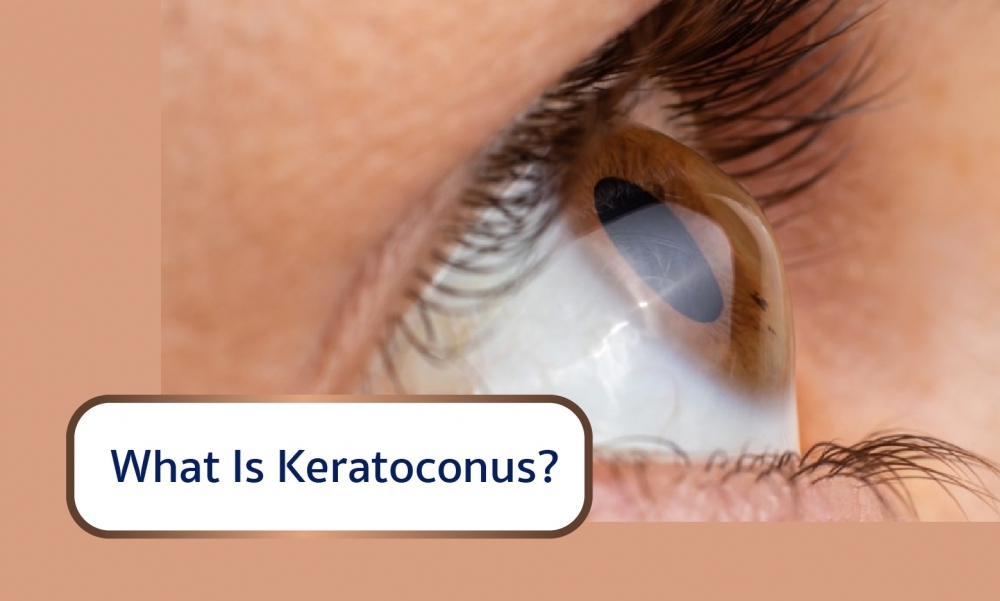What Is Keratoconus?
Your cornea is the clear, dome-shaped window at the front of your eye. It focuses light into your eye. Keratoconus is when the cornea thins out and bulges like a cone. Changing the shape of the cornea brings light rays out of focus. As a result, your vision is blurry and distorted, making daily tasks like reading or driving difficult.
What Causes Keratoconus?
Doctors do not know for sure why people have keratoconus. In some cases, it appears to be genetic (passed down in families). About 1 out of 10 people with keratoconus have a parent who has it too. Keratonconus is also associated with eye allergies and excessive eye rubbing.
Keratoconus often starts when people are in their late teens to early 20s. The vision symptoms slowly get worse over a period of about 10 to 20 years.
Keratoconus Symptoms
Keratoconus often affects both eyes, and can lead to very different vision between the two eyes. Symptoms can differ in each eye, and they can change over time.
In the early stage, keratoconus symptoms can include:
- mild blurring of vision
- slightly distorted vision, where straight lines look bent or wavy
- increased sensitivity to light and glare
- eye redness or swelling
In later stages, keratoconus symptoms often include:
- more blurry and distorted vision
- increased nearsightedness or astigmatism (when your eye cannot focus as well as it should). As a result, you may need new eyeglass prescriptions often.
- not being able to wear contact lenses. They may no longer fit properly and they are uncomfortable.
Keratoconus usually takes years to go from early- to late-stage. For some people, though, keratoconus can get worse quickly. The cornea can swell suddenly and start to scar. When the cornea has scar tissue, it loses its smoothness and becomes less clear. As a result, vision grows even more distorted and blurry.
Keratoconus Diagnosis and Treatment
Keratoconus can be diagnosed through a routine eye exam. Your ophthalmologist will examine your cornea, and may measure its curvature. This helps show if there is a change in its shape. Your ophthalmologist may also map your cornea’s surface using a special computer. This detailed image shows the condition of the cornea’s surface.
How Is Keratoconus Treated?
Keratoconus treatment depends on your symptoms. When your symptoms are mild, your vision can be corrected with eyeglasses. Later you may need to wear special hard contact lenses to help keep vision in proper focus.
Here are other ways that your ophthalmologist might treat keratoconus:
- Intacs. This is a small curved device that your ophthalmologist surgically puts in your cornea. Intacs help flatten the curvature of your cornea to improve vision.
- Collagen cross-linking. Your ophthalmologist uses a special UV light and eye drops to strengthen the cornea. Doing this helps to flatten or stiffen your cornea, keeping it from bulging further.
- Corneal transplant. When symptoms are severe, your ophthalmologist may suggest a corneal transplant. Your ophthalmologist replaces all or part of your diseased cornea with healthy donor cornea tissue.
Do not rub your eyes!
With keratoconus, try to avoid rubbing your eyes. This can damage thin corneal tissue and make your symptoms worse.
If you have itchy eyes that cause you to rub, speak to your ophthalmologist about medicines to control your allergies.
Information from American Academy of Ophthalmology
 02-056-3333
02-056-3333





